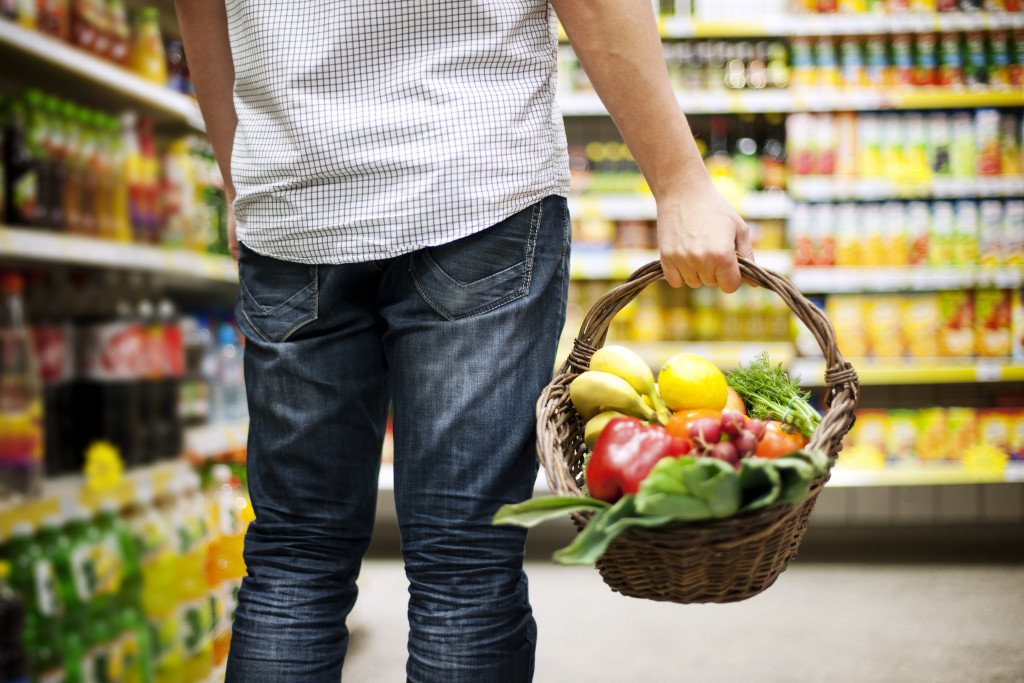The first pandemic after more than a generation has put most people in a situation they find difficult to contemplate. Many of them are not prepared, and the demands of lockdowns, quarantines, social distancing, and other measures have affected people’s livelihoods, relationships, and even their diets.
Recent studies revealed that people’s diets have changed significantly since March 2020, and the way they see food as emotional support has made it more unhealthy for some people, especially with those who are undergoing treatment for bulimia and anorexia. People with these diseases already have a very challenging relationship with their food and diet, and any additional anxiety or stress can intensify their illnesses and make it more difficult to treat.
And for many others, it is no different. We see it in the way people buy their food as hoarding becomes a source of comfort in these anxious times. We also see it in the hours that people spend in the kitchen, cooking sourdough bread, pasta, cookies, and cakes to give them a sense of control in their world. But there are other ways the pandemic has changed how we view food.
People are eating more.
It’s not only because they have a lot of food in the pantry; it’s also because people are resorting to stress eating. Food is a source of comfort and calm in stressful times, and most of the time, it’s carbohydrates that give people the calm they need. So it’s no surprise that many are baking bread, cooking pasta, and eating fries and burgers when they feel a situation is making them worried.
People are not eating out.

The pandemic has closed many restaurants, bars, and other venues where people could socialize. In these places, people could control how much they want to eat, and portions are much smaller than what they would serve at home. When people eat out, they are more involved with the people who are with them, and food becomes a secondary concern.
But with people observing stay-at-home measures, portion control goes out the window, and people are not using food to build relationships; instead, they are creating an unhealthy relationship with food, using it as a replacement for social interaction.
People feel their food choices are limited.
Panic buying and hoarding have made it appear that scarcity is inevitable, and that food might not be available to all. But even though this is not true, the scenario of empty grocery shelves affects people’s thinking. It creates a stressful situation that incites a person’s fight or flight response. In this case, people hoard as much as they can for self-preservation, and the feeling of having limited supplies and choices only heightens this feeling.
People feel stressed when they see food.
Food is a basic need, and in a stressful time such as a pandemic, it becomes an area of intense scrutiny and stress. When food options become limited, and people’s lives are on the line, food can become a source of disagreement and discord.
Many families want to have healthier diets, but the access to fresh fruits, vegetables, and meat products might be a challenge. So other family members might have to resort to ordering food online, though it might be less healthy. Those with health conditions that require a specific diet could experience more stress, and so meals can become less healthy and nutritious.
As the pandemic progresses, it is clear to many nutritionists and physicians that it’s not only affecting how people live their lives; it’s also affecting how and what they eat.

